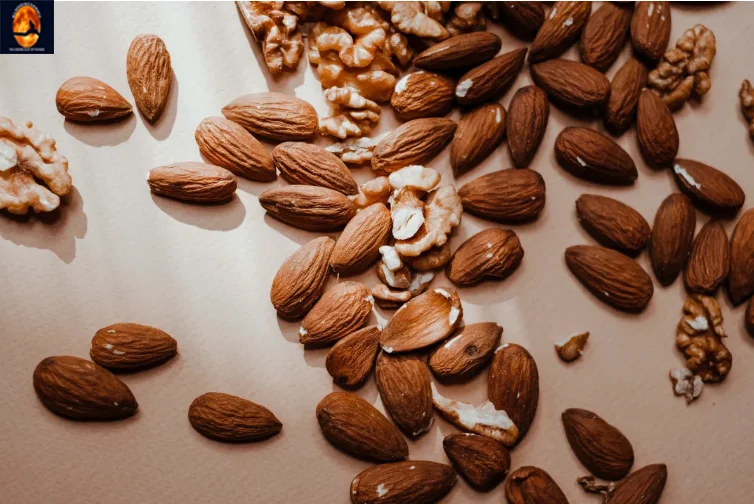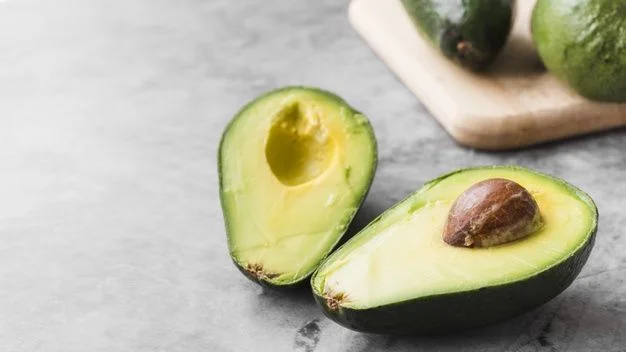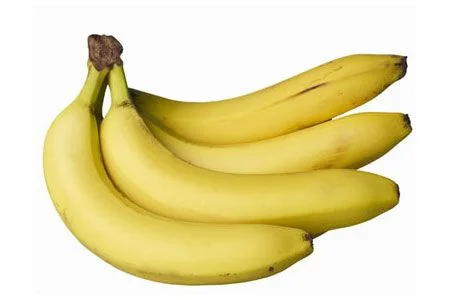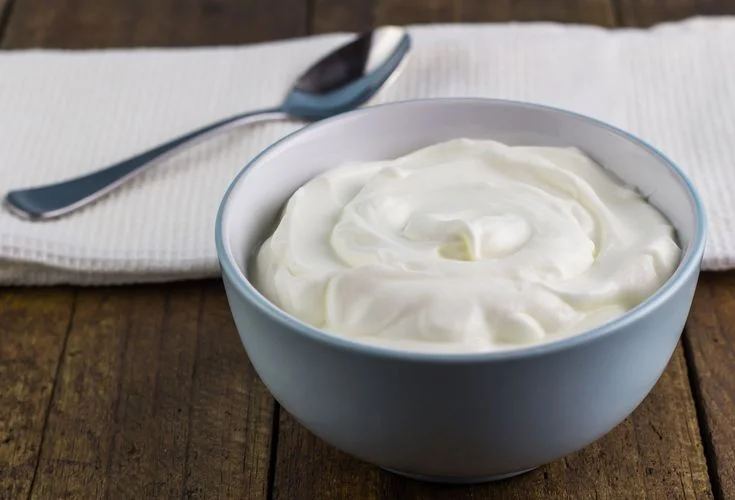What if I told you that by consuming magnesium foods, you could boost your health in a number of ways? You’d be surprised at just how many nutrients and activities this mineral can help support.
What is magnesium?
Magnesium is a mineral essential for healthy muscles, nerves, bones, and blood sugar levels. If you don’t get enough magnesium in your diet over a long time, you may be at a higher risk of health problems such as heart attack, stroke, diabetes, and osteoporosis.
Many foods contain magnesium, but the main sources in Australia are cereals and non-alcoholic drinks like coffee and water.
What magnesium foods are the highest?
The best 10 Foods high in magnesium are:
1. Dark chocolate

Dark chocolate has a rich flavor and is nutrient-dense.
With 65 mg of magnesium per 1-ounce (oz) or 28-gram (g) portion, or almost 15% of the DV, it is an extremely high-magnesium food.
In addition to having high levels of iron, copper, and manganese, dark chocolate also has prebiotic fiber, which can support the growth of good bacteria in the stomach.
It also contains a ton of healthy antioxidants. These nutrients have the ability to counteract free radicals, which are dangerous chemicals that can destroy your cells and cause disease.
Because dark chocolate includes flavonols, potent antioxidants that stop LDL (bad) cholesterol from oxidizing and adhering to the artery-lining cells, it is particularly good for heart health.
Select a dark chocolate product with at least 70% cocoa solids to maximize its health advantages. An even higher percentage is preferable.
2. Dark Leafy Greens

Dark leafy greens are considered the ultimate superfood, providing essential vitamins and minerals along with a plethora of possible health advantages. They are one of the foods high in magnesium. Select leafy greens high in magnesium, such as Swiss chard, collard greens, baby spinach, or kale, either raw or cooked. A magnesium deficit can be prevented by feeding your body a lot of dark leafy vegetables at extremely low-calorie counts. For example, one cup of raw kale contains over 7 mg of magnesium, which can help you get closer to your daily magnesium goal (U.S. Department of Agriculture, USDA estimates).
3. Nuts and Seeds

According to the USDA, just 1 ounce (oz) of dry-roasted almonds has 79 mg of magnesium, so they’re a healthy source. The Cleveland Clinic lists cashews, peanuts, and pumpkin seeds as additional foods high in magnesium.
Make a nutritious homemade trail mix with your preferred high-magnesium nuts and seeds for the ideal afternoon snack that will keep your energy levels up and your hunger at bay. But keep in mind that nuts are also high in calories, according to the Academy of Nutrition and Dietetics, so moderation is key, particularly if you’re trying to lose weight.
4. Fatty Fish Such As Salmon and Tuna

Include omega-3 fatty acids, vitamin D, and fish like mackerel, salmon, halibut, and tuna in your diet to increase your intake of magnesium. The American Heart Association (AHA) advises consuming fish at least twice a week, preferably fatty varieties like albacore tuna and salmon, in two meals or more. A 3-oz filet of cooked farmed Atlantic salmon provides 25.5 mg of magnesium, which can help you reach your daily magnesium goal, according to the USDA.
Additionally, eating fish may benefit mental health: According to previous research, there might be a connection between eating a lot of fish and having fewer mental health conditions like depression.
5. Soybeans, Also Called Edamame

In addition to providing fiber, vitamins, minerals, and amino acids—the building blocks of protein—soybeans are a food high in magnesium. Enjoy a quarter-cup portion of dry-roasted soybeans, which are high in protein (20.2 g), magnesium (106 mg), and energy (209 calories), as per USDA estimates. Alternatively, put fresh soybeans, also known as edamame, on your grocery list. The NIH states that kidney beans and black beans are two more legumes that are high in magnesium.
6. Avocado

In addition to being high in vitamins, heart-healthy minerals, and disease-preventing components, avocados are a wonderful source of magnesium. According to the USDA, if you add half of an avocado to a salad or place it on top of whole-grain bread, you would receive 19.7 mg of magnesium from the avocado alone, bringing you closer to your daily intake target. According to the Academy of Nutrition and Dietetics, avocados are a concentrated source of calories because, like nuts, they are high in healthful fats. Therefore, when you’re enjoying this nutritious treat, remember to watch your portion size if maintaining or losing weight is a specific aim of yours.
7. Banana

According to the USDA, a medium-sized banana has 32 mg of magnesium in addition to 10.3 mg of vitamin C (an excellent source) and 3 g (a good source) of fiber. Bananas are most known for being high in potassium, which is beneficial for the heart and strengthens bones. Apples are another fruit that contains magnesium, in addition to the previously mentioned avocado. A medium-sized gala apple with the skin on offers 8.6 mg of magnesium in addition to a wealth of other essential nutrients, including 4 g of fiber and 1.7 mcg of vitamin A, according to the USDA.
8. Nonfat or Lowfat Greek Yogurt

Greek yogurt, whether nonfat or low-fat, is an excellent source of magnesium. The USDA states that a 6-oz container contains around 18.7 mg of magnesium. Additionally high in protein (17.5 g) is Greek yogurt. High-protein meals may help you feel filled for longer, which may encourage you to eat fewer calories overall and ultimately result in weight loss, according to previous research. Yogurt and fruit high in fiber make a quick and nutritious breakfast.
9. Brown Rice

Brown rice and other whole grains are healthy in many ways. For example, the American Heart Association states that they can support good cholesterol levels, and the Harvard T.H. Chan School of Public Health states that they can help you stay regular. Changing refined carbohydrates like white rice to complex sources like brown rice is one simple approach to increasing the amount of whole grains in your diet. You guessed it: this meal also contains magnesium. A cup of cooked long-grain brown rice has 78.8 mg of magnesium, according to the USDA, making it a healthy source.
10. Tofu

Thanks to its high protein content, tofu is a staple meal in vegetarian diets. It is also called bean curd and is made by pressing soybean milk into soft white curds.
The magnesium content in a 3.5-oz (100-g) meal is 35 mg or 8% of the DV.
Additionally, 10 grams of protein and significant amounts of calcium, iron, manganese, and selenium are included in one serving. Furthermore, eating tofu and other soy products may lower your risk of stomach cancer and preserve the cells lining your arteries, according to some research.
FAQs
how can I raise my magnesium quickly?
How can you tell if your body needs more magnesium?
– Nausea and vomiting.
– Fatigue and weakness.
– Muscle spasms or tremors.
– Abnormal heart rhythms.





